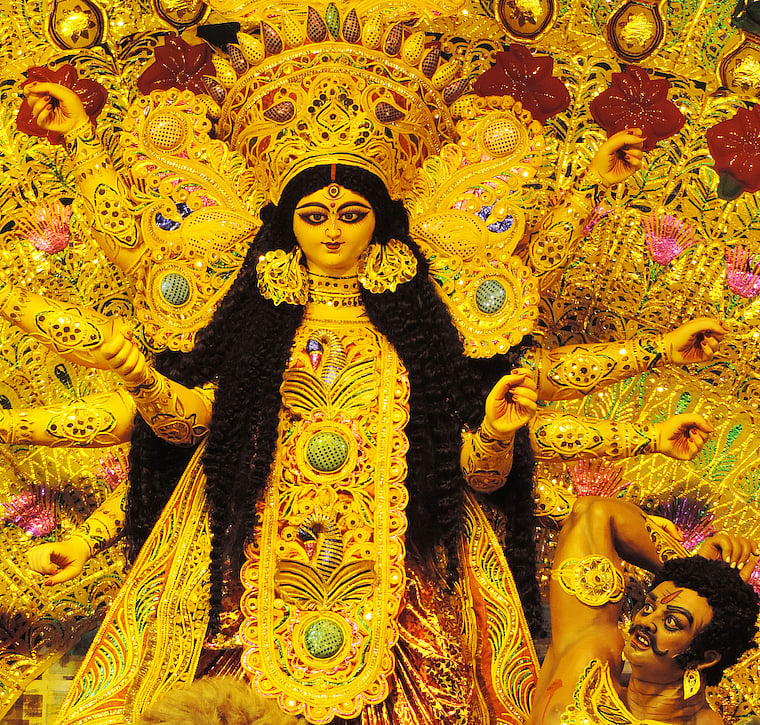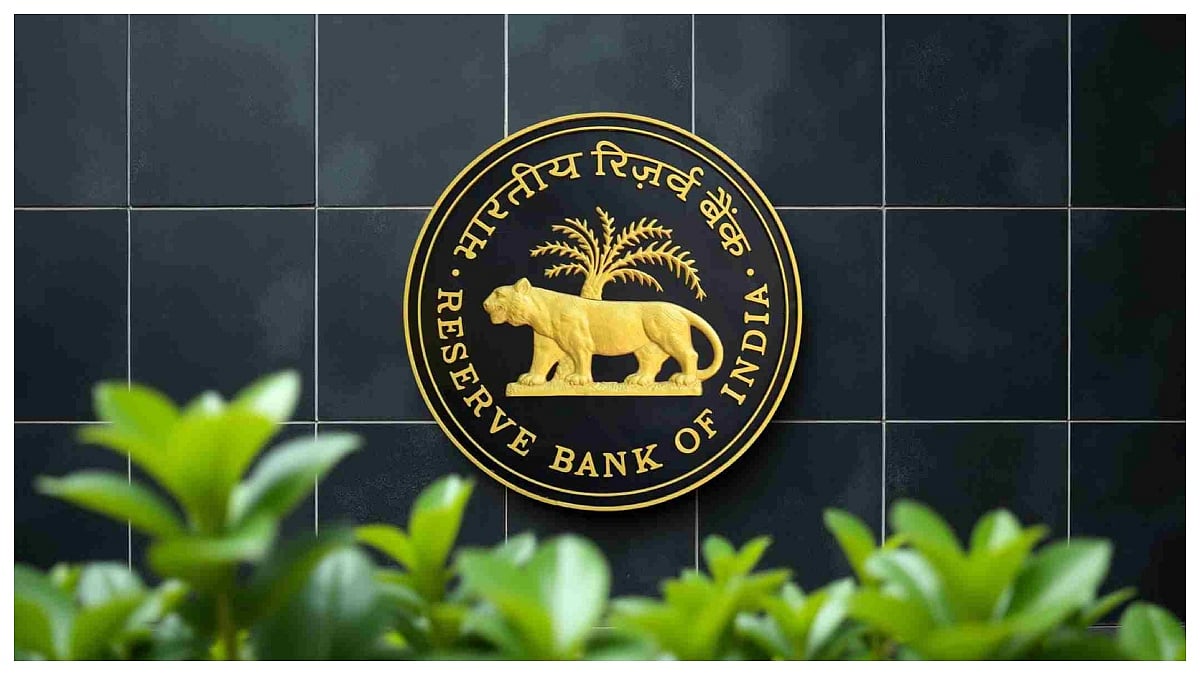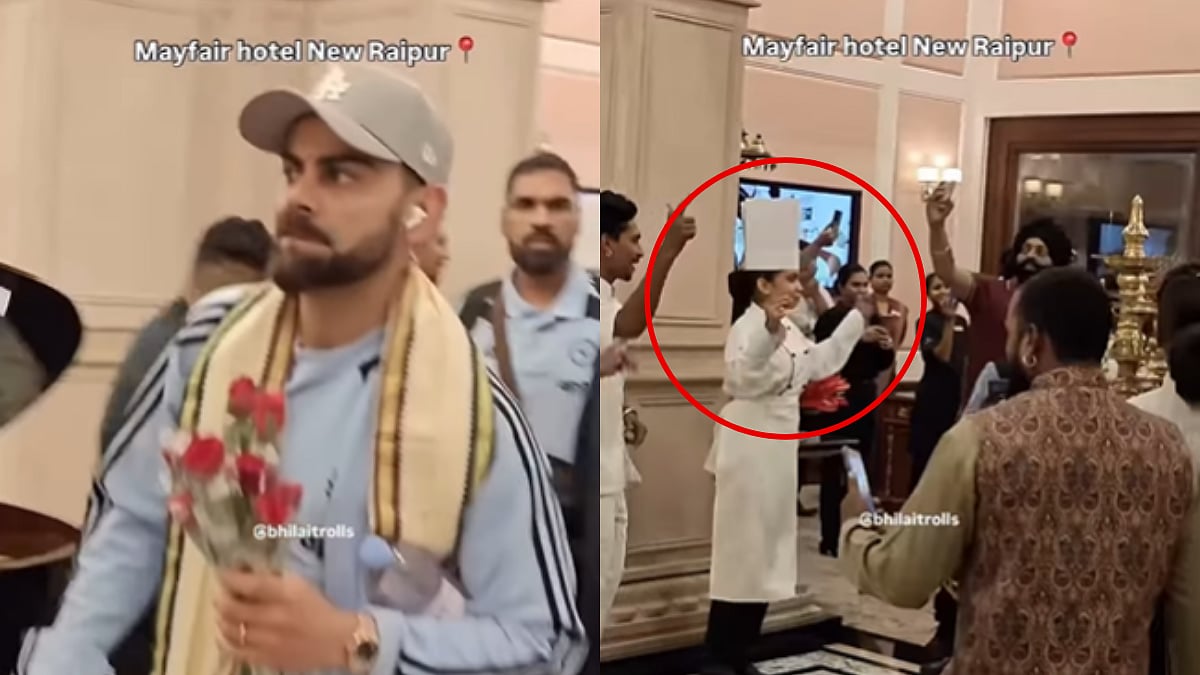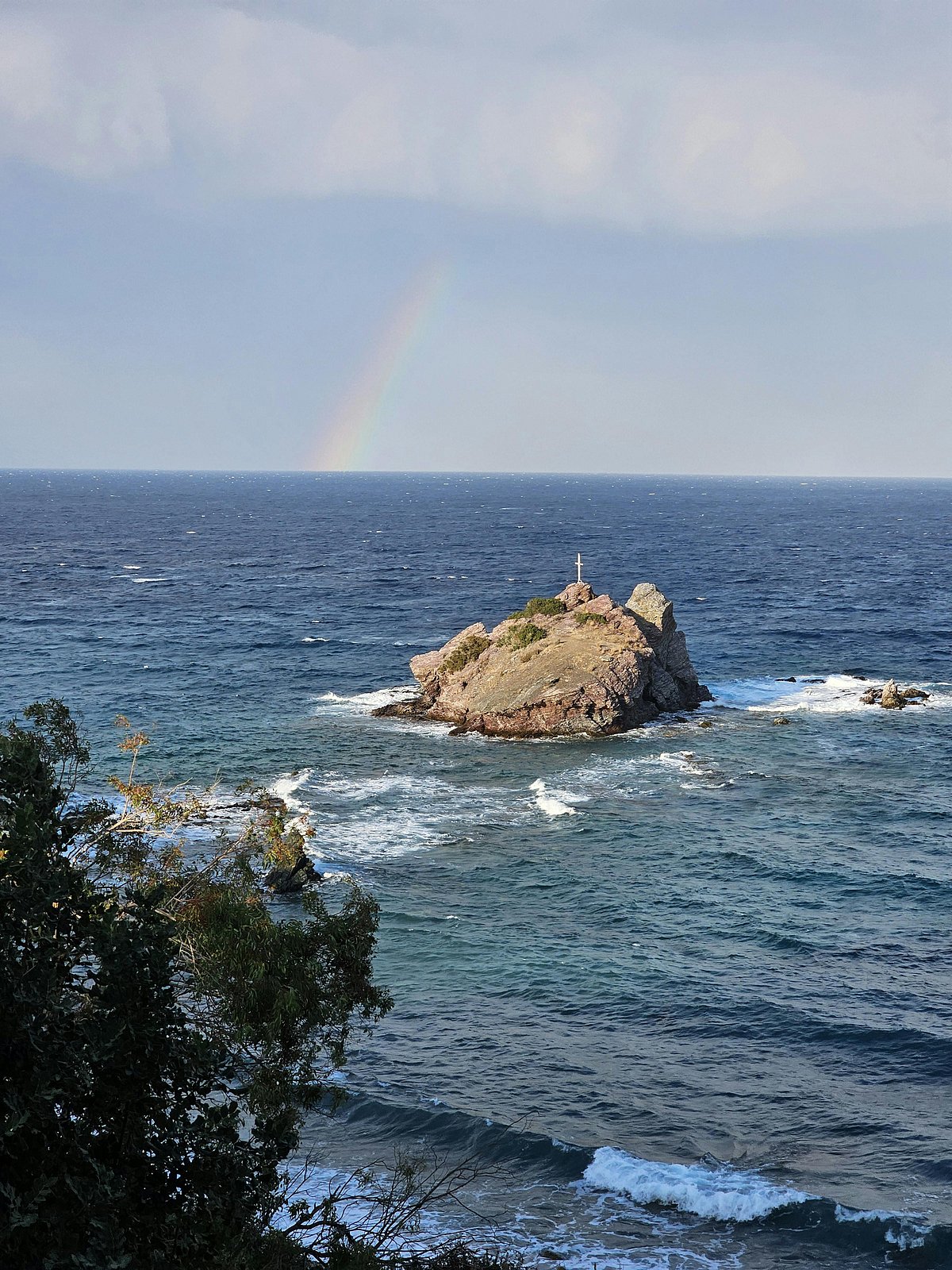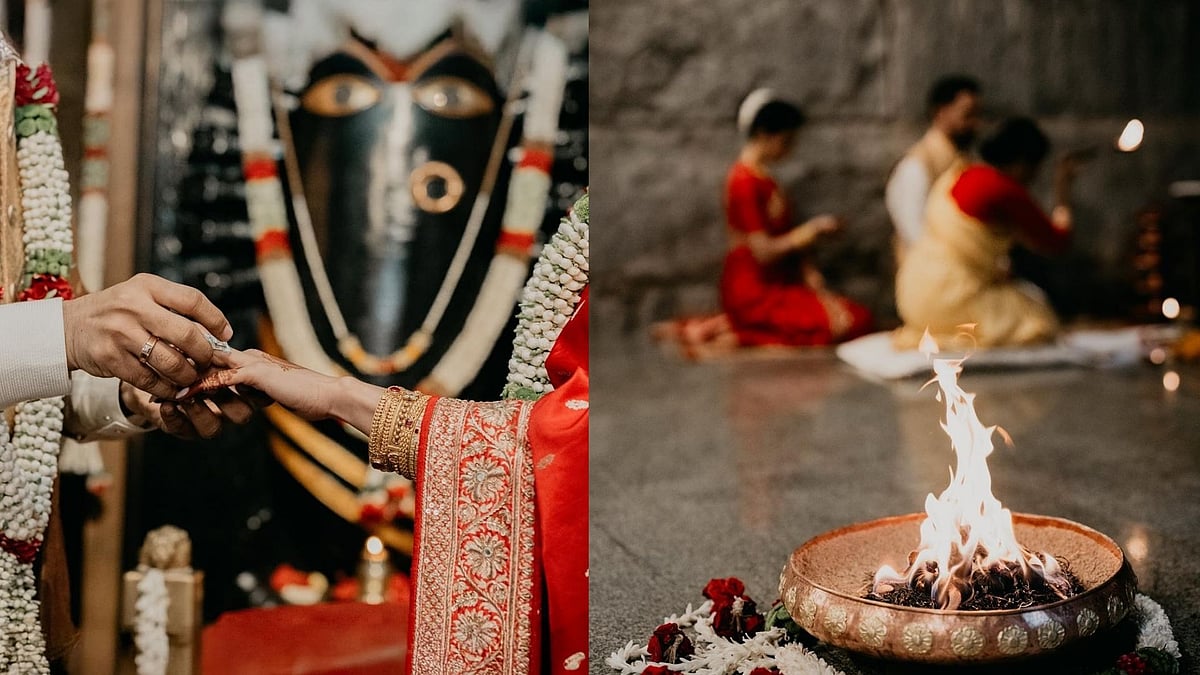The Maha Sashti day in the Hindu month of Ashwin marks the beginning of Durga Puja celebrations in large parts of India, especially West Bengal. Whilst the festivities begin when the Goddess descends on earth on Mahalaya, which was on October 6 this year, Durga Puja, or Pujo as it’s known in Bengal starts today. Beautiful idols of the goddess adorned with jewellery and colourful sarees are installed in pandals and worshipped with devotion and fervour. Idols often take a topical flavour with sculptors exhibiting their creativity as they create idols of Maa Durga.

The story goes that the demon Mahishasura had gained the boon of immortality from Lord Brahma, that no man or God could kill him. He then started harassing all the three worlds. The demigods all raced to the Trimurti of Brahma-Vishnu-Mahesh, who combined their energies to manifest the Goddess Durga gifted her their individual weapons to slay Mahishasura. Metaphorically, Mahishasura represents the tamas, or sloth and the other shadow aspects that all of us have to deal with and overcome to make spiritual progress in life.
The ceremonies begin with Bodhon Puja, which is the invocation of the Goddess, and the original Bodhon Puja was supposed to have been performed by Lord Rama before crossing over to Lanka. The Saptami day sees the Nabapatrika Snan, in which the leaves from 8 other trees are tied to a banana leaf, signifying the wife of Lord Ganesha, who is taken to a nearby pond or river for a bath, in a grand procession. On the Ashtami, Kumari Puja is performed, which involves worshipping a young girl as a form of the goddess.

At the end of Ashtami, the Sandhi Puja is also performed by lightning 108 lamps to mark the emergence of the goddess’ ferocious Chamunda form, which she assumed to kill the demons, Chanda and Munda. The famous Dhunuchi Nach, which combines skill and beauty, as dancers hold clay pots filled with burning charcoal, coconut husks and camphor, is usually performed after the aarti on the Ashtami and Navami.
The celebration reaches a crescendo on the Dashami day, or Bijoya, when Ma Durga slayed Mahishasura, earning her the moniker Mahishasuramardini. As the goddess begins her journey back home to Mount Kailash, she is sent off with great pomp and glory before visarjan (immersion) in the holy Ganges. Married women usually indulge in the sindur khela, a riot of colour, where they apply vermillion to each other and exchange sweets and greetings for a joyous year ahead until it is time to welcome the goddess once again!
